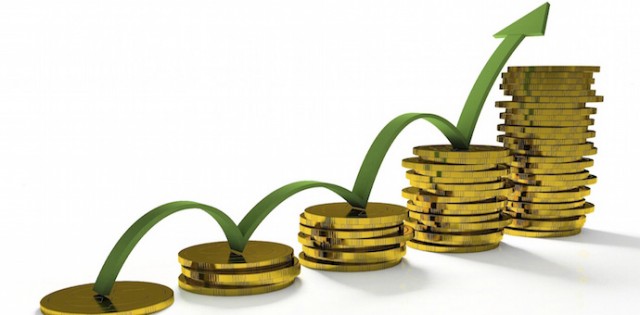A thirty two year old Warren Buffett, in 1962, wrote to his investment partners:
“Never count on making a good sale. Have the purchase price be so attractive that even a mediocre sale gives good results.”
Some share buyers seem to think that they do not need to pay too much attention to the underlying business and the gap between intrinsic value and market price.
They reason that they can do well by buying and then selling a share they predict will become popular over the next few months. Perhaps it is a hot sector, such as a social media app or a smartphone game. All they have to do is wait for Mr Market to become enthusiastic. Then sell and move onto the next new thing.
The value investor approach
The value investor thinks deeply about the underlying business, with special attention to the downside risk. If the downside is very limited, and conservatively estimated intrinsic value is way above market value, the investor can be relaxed about the timing of market-wide recognition of the company’s virtues.
Indeed, in many instances it does not matter much if Mr Market fails to recognise the value for a decade or more. During that period the investor often receives dividends or share buy backs amounting to more than the purchase price. And then still holds the rights to receive a stream of even higher dividends in the decade after that.
What does it matter if the share price is held down? After all, that gives an opportunity to buy more rights to the value generated by the firm by buying it shares at a low price.
Washington Post example
Warren Buffett used £10.6m of Berkshire Hathaway’s money to buy 9.7% of the Washington Post’s shares in 1973.
Over the next year the shares fell by 25%.

Was Buffett at all worried by that? Of course not. He had done his homework and reckoned that the company was worth 5 or 6 times what Mr Market was then valuing it at, mostly because of the incredibly strong hold it had over readers of Newsweek and The Washington Post; and the local monopoly strength of the TV franchises.
Selling the stake was not a consideration. His sole focus was on the income it would generate.
It was not until 1981 that Washington Post’s market capitalisation reached the level Buffett had placed on it 8 years earlier, i.e. $400m – $500m.
Berkshire Hathaway received in dividends many times the WP purchase price over forty years or so. On top of that by 2005 the shares were valued on the stock market at $1,300m.
“We are quite content to hold any security indefinitely, so long as the prospective return on equity capital of the underlying business is satisfactory, management is competent and honest, and the market does not overvalue the business.” (Buffett’s 1987 letter to shareholders of BH)
He wasn’t counting on a “good sale” to give him satisfactory results.
Example: Haynes
I bought into Haynes Publications two years ago when almost everyone said that the company was slowly rotting away because no one uses Haynes manuals anymore.
I discovered, however, that:
(a) many people still buy Haynes mechanical manuals for DIY repairs and maintenance, even if the volume is less than it used to be.
(b) Haynes is now a hi-tech business………To read the rest of this article, and more like it, subscribe to my premium newsletter Deep Value Shares – click here http://newsletters.advfn.com/deepvalueshares/subscribe-1

 Hot Features
Hot Features













